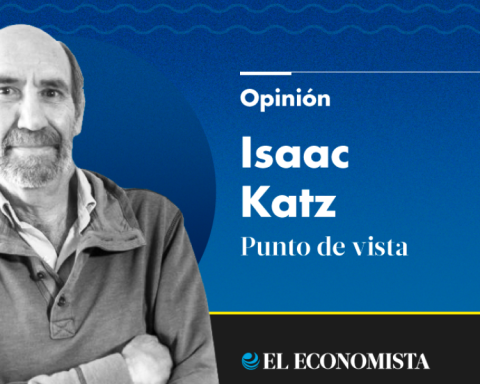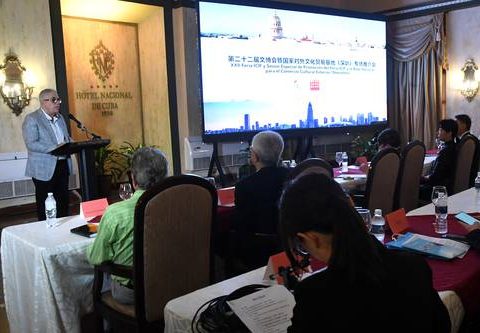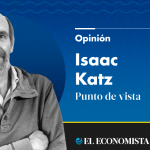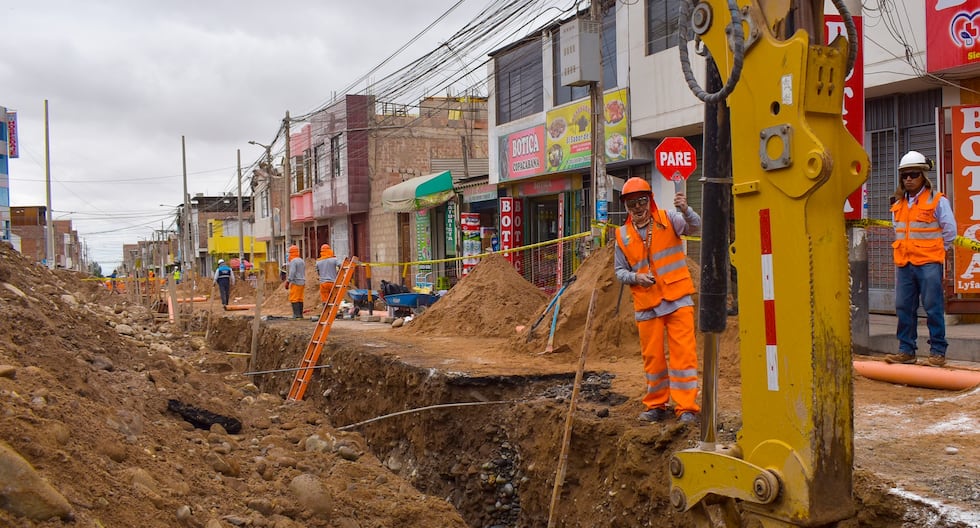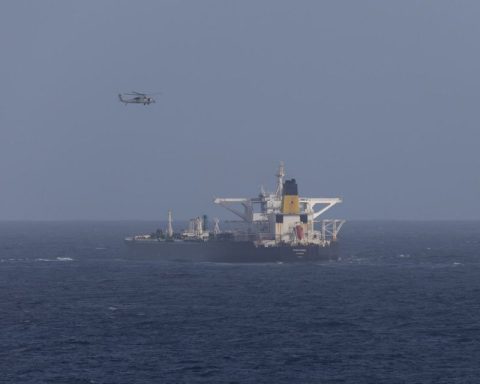Q
few publications of intellectual nature generate as much passion as Political Notebooks ( CPhereinafter). Started five decades ago, at the end of the summer of 1974, it remained in force until 1990, when, according to Bolívar Echeverría, world ideological conditions had changed so radically that it was not possible to sustain its existence. Its closing, at number 60, expressed that that period that Gyorgy Lukács had called that of news of the revolution
had come to an end. Not for anything else, this edition closed with a balance of the meaning of the year 1989.
Within the plethora of Marxist magazines, both Mexican and Latin American, CP keeps a very special place. The period of its forging is found in the distant Cuban triumph of 1959 and the terrifying Chilean defeat of 1973, and at whose epicenter was the rise of Marxism as the main vein of analysis of critical and militant thinking. The first issue recognized the emergence of currents protected under the name of Marx, but also that The real movement is advancing much more quickly and there is much more to be done.
. Under this imperative, the intellectual adventure was inaugurated that found support in the tireless will of Neus Espresate, creator of Ediciones Era. It is necessary to say that it became one of the most original publications of the period, largely thanks to the intellectual group that supported it, among whom Carlos Pereyra, Bolívar Echeverría and Ruy Mauro Marini stand out for their contributions.
In its materiality, the magazine kept an identical format between its first and last issue, varying only in its color according to each edition. In its content one could think of a certain discordance, since it was not a current magazine, but this was not lacking as a reflective motive; It was not a magazine of historical analysis either, but the past always animated its pages; and, although a notion of theoretical production could be drawn as the background of it, the variations of this proposition were immense. Furthermore, the publication had a powerful Latin American vocation, evident in themes and authors.
The first mentioned record can be thought of from the discussions based on the Chilean crisis, from the sporadic monitoring of political events in Argentina, Peru and Bolivia, or from the evaluation of the Mexican case at specific moments, such as the 1985 earthquake or the strike. of 1987. The notion of conjuncture that operates in CP It is linked to the urgency of the moment, adorned by the idea of revolution, but also by the strength of counterrevolutionary tendencies. In the field of history the vein is clearer, although extremely plural. To mention a few, texts by Arnaldo Córdova, Ellen Meiksis Wood, Alan Knight, Sergio Bagú or Jorge Aguilar Mora appeared: the past was a reason for dispute, reconfiguration and, above all, input for the present of the political struggle.
The third area that we mention, that of a meaning of theory, is undoubtedly where CP shows greater wealth. It is still evident as a plural and even contradictory space, but it is the very expression of the diversity of concerns that turned to Marx as a preferred interlocutor. In addition to classic authors such as Fernand Braudel or George Simmel, many others appeared that we can consider canonical today, such as Eric Hobsbawn, Perry Anderson, Robin Blackburn, Etienne Balibar and Louis Althusser. While among the Latin Americans were Vania Bambirra, Aníbal Quijano, Carlos Monsiváis, Theotonio Dos Santos, to mention a few. The theory forged by the three aforementioned authors –Echeverría, Pereyra and Marini– is not minor, since their contributions in the field of criticism of political economy, political criticism and dependency theory are perhaps the most important input of the recent decades in Marxist thought.
This brushstroke on CP It reflects a spirit of renewal, that is, a left that sought to be attentive to global productions, but also to local specificities. Furthermore, the debates on the left and democracy that CP housed give a good account of an essential problem for Mexican political culture and one that cannot be quickly resolved. She shows that Marxists thought about the problem of democracy long before the fall of the Berlin Wall.
A balance after five decades of its inception and five decades of its disappearance, shows the difficulty of sustaining productions in the Marxist theoretical space. It was marked by the great expansion of said theoretical form and by some turbulent years marked by political struggle. Looking at it in correspondence with other efforts that occurred in the region places it in greater value. For this trip, you can think of Cuban style Critical ThinkingArgentina Past and Presentthe Mexican History and Society, the Peruvian Society and Politics or the Uruguayan March Notebooks. Thus, a viewpoint less confined to canonical authors of our tradition and more open to understanding the tide of the days of political efferversity shows the movements and theoretical changes, and, above all, the originality of the collective efforts. CP and the magazines that we mention, furthermore, give us back a part of historical time in which, despite everything, it was thought that the revolution was just around the corner, no small thing in times of civilizational crisis.
* UAM Researcher
